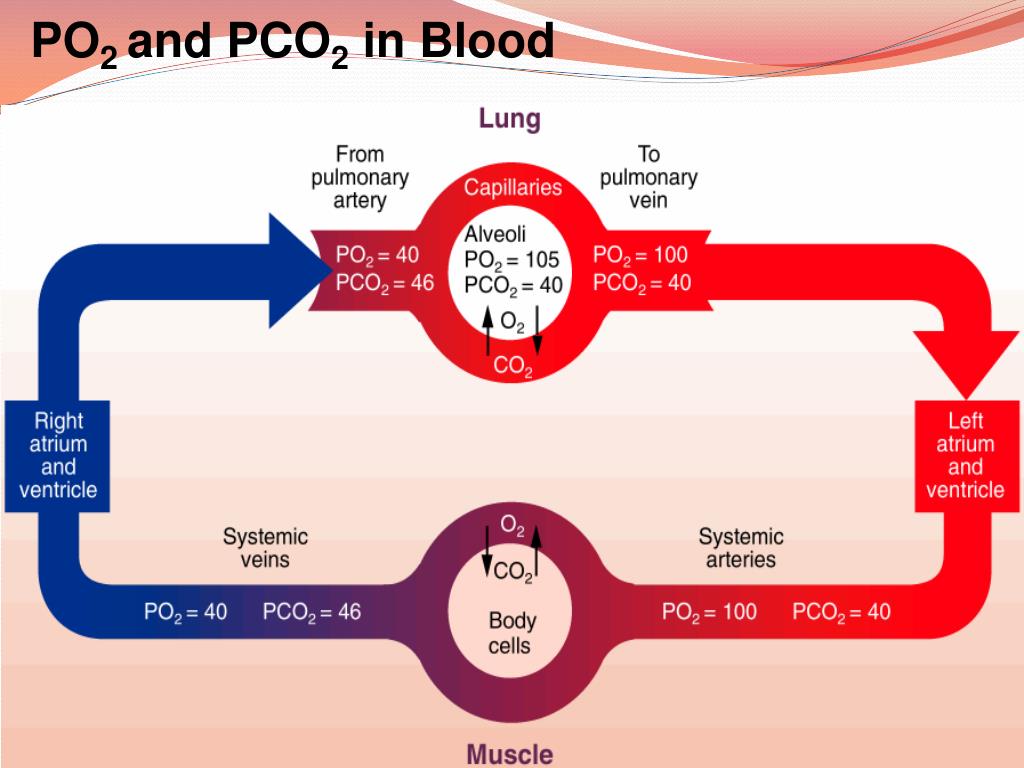

Raurich JM, Vilar M, Colomar A, Ibáñez J, Ayestarán I, Pérez-Bárcena J, Llompart-Pou JA: Prognostic value of the pulmonary dead-space fraction during the early and intermediate phases of acute respiratory distress syndrome. Lucangelo U, Bernabe F, Vatua S, Degrassi G, Villagra A, Fernandez R, Romero PV, Saura P, Borelli M, Blanch L: Prognostic value of different dead space indices in mechanically ventilated patients with acute lung injury and ARDS. Kallet RH, Alonso JA, Pittet JF, Matthay MA: Prognostic value of the pulmonary dead-space fraction during the first 6 days of acute respiratory distress syndrome. Siddiki H, Kojicic M, Li G, Yilmaz M, Thompson TB, Hubmayr RD, Gajic O: Bedside quantification of dead-space fraction using routine clinical data in patients with acute lung injury: secondary analysis of two prospective trials. So that the current results may be better understood, a short summary of the theoretical aspects of the dead space computation is presented. However, their study added a novel element in that the dead space fraction was computed more simply than in the previous studies and, unlike in those studies, without monitoring of the expired carbon dioxide (CO 2). Thus, at first sight, the results of Siddiki and colleagues represent merely a repetition of previous studies. For every 0.05 increment of the dead space fraction, the odds ratios for hospital mortality were 1.07 at day 1 and 1.12 at day 3. The hospital mortality increased in direct proportion to an increase in the dead space fraction.

In the previous issue of Critical Care, Siddiki and colleagues presented the dead space fraction data collected at admission and on day 3 from two acute lung injury/acute respiratory distress syndrome (ALI/ARDS) databases (109 patients in the Mayo Clinic and 1,896 patients in the ARDS Network).


 0 kommentar(er)
0 kommentar(er)
